🧵 View Thread
🧵 Thread (8 tweets)

Hello everyone! I'm Andrés, from the Qualia Research Institute. You may recognize me from The Hyperbolic Geometry of DMT Experiences Harvard talk (2019) and The Topological Solution to the Boundary Problem (2023) paper among other research paradigms for developing a new science of consciousness grounded in physics while taking pheomenology seriously. Today, I am thrilled to officially announce the launch of the QRI HEART project, marking the culmination of two years of deep research and collaborative exploration into the nature of consciousness, phenomenal binding, and how we can rigorously model these experiences. HEART stands for High Energy Awareness Research Team, which is a select group of really talented and accomplished math/physics, meditation, psychedelic, psychology, visual art/replications, and philosophy people. The team has now done two pilot retreat studies, one in Brazil and the other in Canada, to study Ayahuasca and 5-MeO-DMT, respectively. HEART isn’t just a research initiative; it’s a new way to unlock the what I call the *epistemic potential energy* that’s been accumulating around the science of consciousness. What's this? Let me expand.
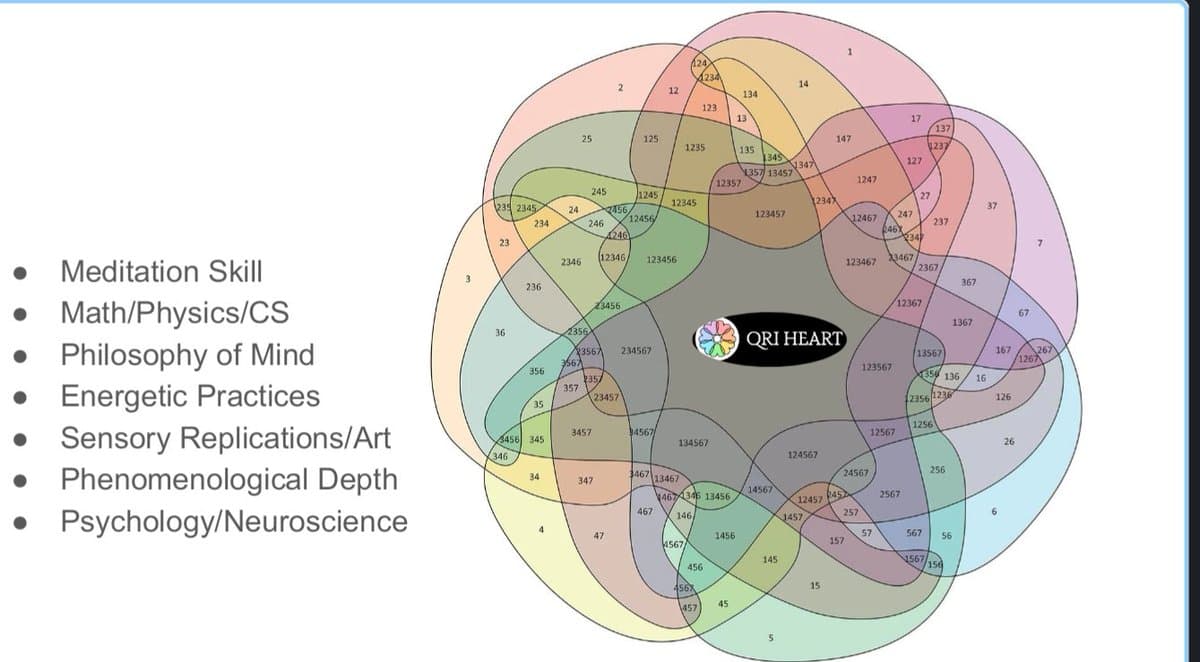

HEART was born from three core motivations: 1. Epistemic Potential Energy: There’s a massive untapped reservoir of information within states of consciousness that hasn’t been fully integrated into scientific models. HEART is about capturing that richness and translating it into formal, shareable frameworks that can help drive the science of consciousness forward. 2. Structural Phenomenology: We’re pushing beyond the surface-level analysis of semantic content; we explore the mathematical, computational, and structural aspects of experience. Our research output now includes geometrized Kuramoto oscillators with coupling kernels, modeling the visual field as a liquid crystal, and key insights into how phenomenal fields of different dimensions might interact, which you can read about in our recent post on computational models of cessations. These new paradigms offer a fresh perspective on how visual and tactile processing systems might work and how they relate to phenomenal binding and gestalt generation. We're currently working on crafting tests to empirically probe the predictions of the frameworks we've been developing, which have been hugely aided by HEART 3. A 'Dojo' for Psychonauts: HEART isn’t just about theory—it’s about building a community where people can share and formalize their experiences in ways that generate real-time feedback, and without fear of judgement, not being taken seriously, or other issues common to discussing psychedelic experiences.
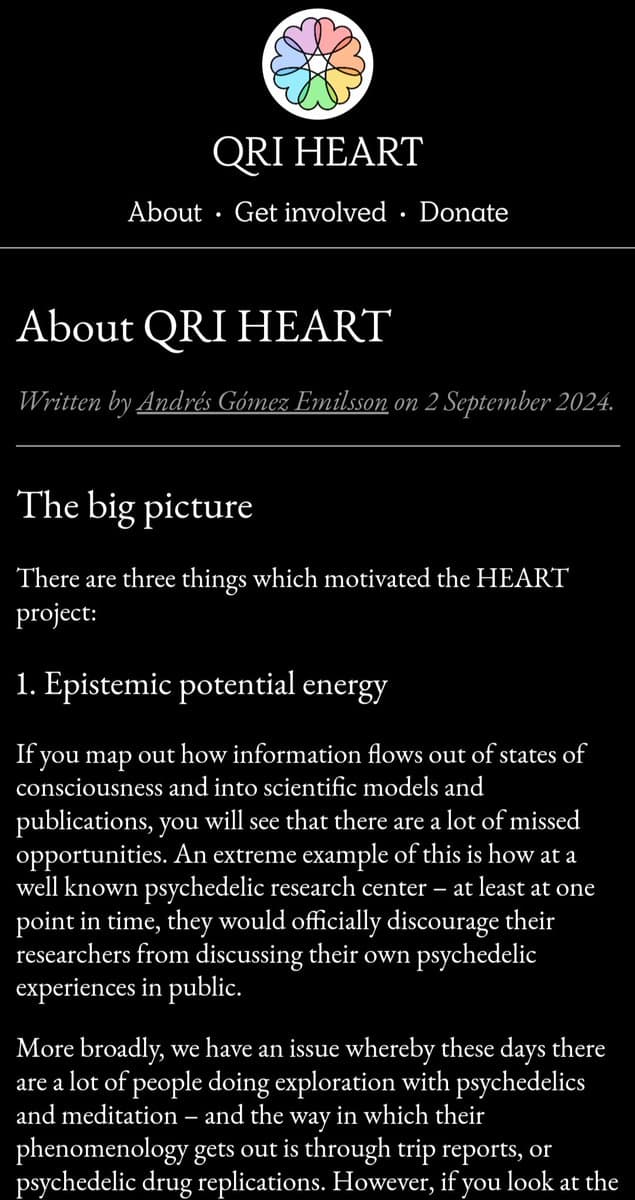

With HEART, we’ve opened a new front in consciousness research, where researchers themselves are able to experience first hand the phenomenon of interest and thus be able to give and get feedback from peers. How do we get this to happen? Our approach in HEART was structured to maximize creativity and rigor, blending different modes of cognition in a way that felt at times like running a startup. We organized the work around three types of days: rest days, ceremonies/research days, and work days, all of which played a crucial role in making this project so unique. On rest days, participants were free to relax, meditate, or explore nature. This gave us the necessary mental space to reset and reflect deeply on our experiences, through hikes, saunas, or even just sleeping in the sun. On ceremonies/research days, we focused on exploring altered states, gathering phenomenological data, and interacting with visual and mathematical models in real-time. It was during these days that we probed the exotic subjective textures of consciousness of interest. Work days were dedicated to processing and modeling one's and each other's phenomenology. We treated it like a proper startup, gathering for three weeks with an intense focus on iteration. The overlap between participants—ranging from those adept at visualizing phenomenology to attained meditators skilled in describing it, to mathematicians and physicists who could model it—allowed us to blend these modes of cognition in what I believe is a new high-entropy alloy of sense making. The synergy between different domains was incredible, enabling real-time feedback loops where insights gained from one mode of cognition would rapidly feed into another. This balance of structure, relaxation, and intense focus allowed us to iterate quickly, mixing intuition, visualization, and formal modeling in a way that felt fresh and exciting.
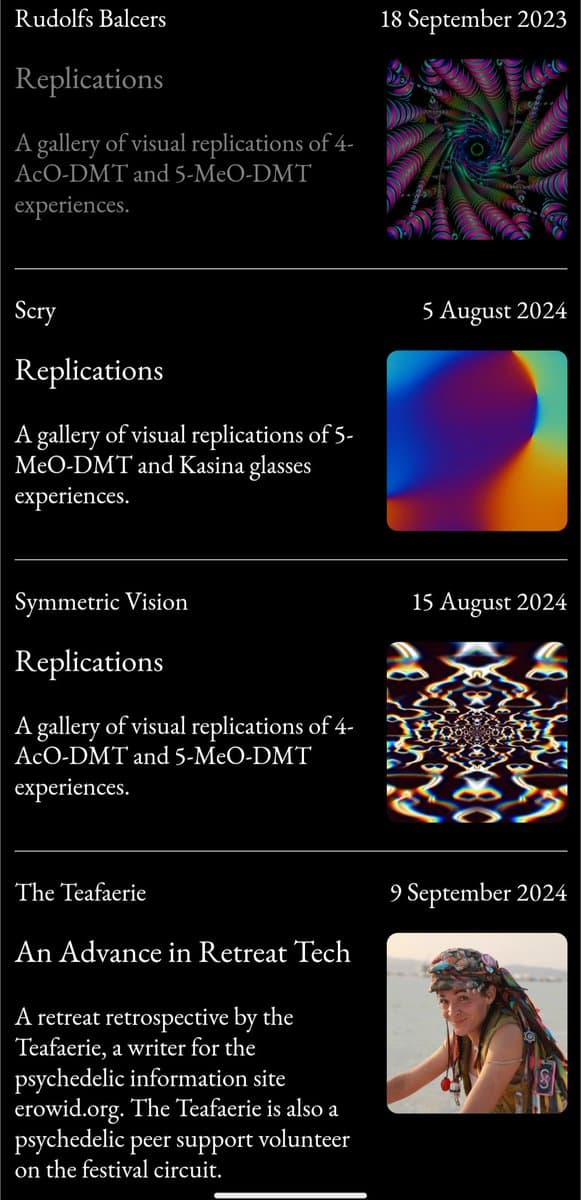

One of the core motivations behind HEART was to create a safe space where people serious about making sense of consciousness could openly and legally discuss our psychedelic experiences. Everyone had full control over what they chose to take and how they participated—zero pressure. Privacy was integral to this, and we curated an environment where people could feel secure in sharing or keeping things to themselves. I strongly believe that to foster the best work and collaboration, we need a respectful container that prioritizes privacy and trust. Participants had the freedom to be fully public, pseudonymous, or entirely anonymous. This gave everyone the flexibility to engage in the way that felt most comfortable. After the retreats, we spent almost a year processing, writing, and building models of our experiences. There was transparency in sharing our work, but always with careful attention to privacy. If someone didn’t want something shared, it was fully respected. Personally, I feel a deep sense of liberation in now being able to talk about these experiences openly. It’s been a beautiful process, but I’m also mindful of those who prefer to remain anonymous, and I fully honor that choice. We aimed to create an environment of radical openness, while giving everyone the space to control how much they share. That balance has been essential to making this project so powerful.
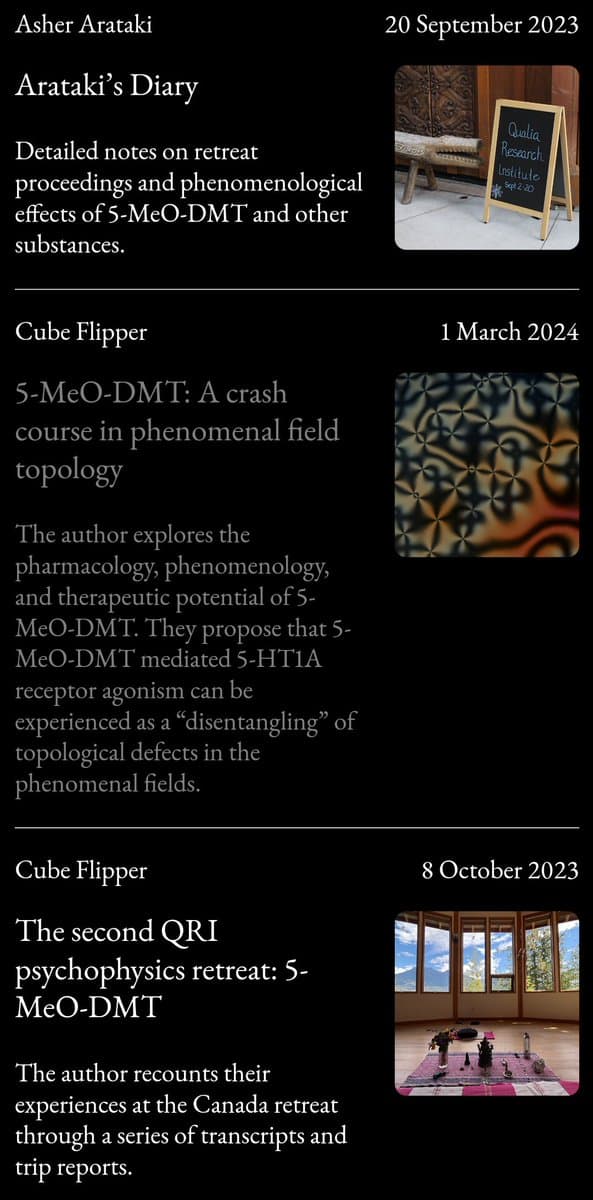

I want to thank everyone in HEART for their amazing work and synergy. 🥰 As one of the participants said towards the end of the second retreat "perhaps the real exploration of the state-space of consciousness were the friends we made along the way". It certainly feels like that sometimes. Also my deep gratitude to everyone who has contributed to QRI in any way over the years. In particular, this retreat research wouldn't have been possible without the generous support from a few donors. Thank you 🙏 Much love, infinite bliss, and towards a new research paradigms for understanding consciousness!
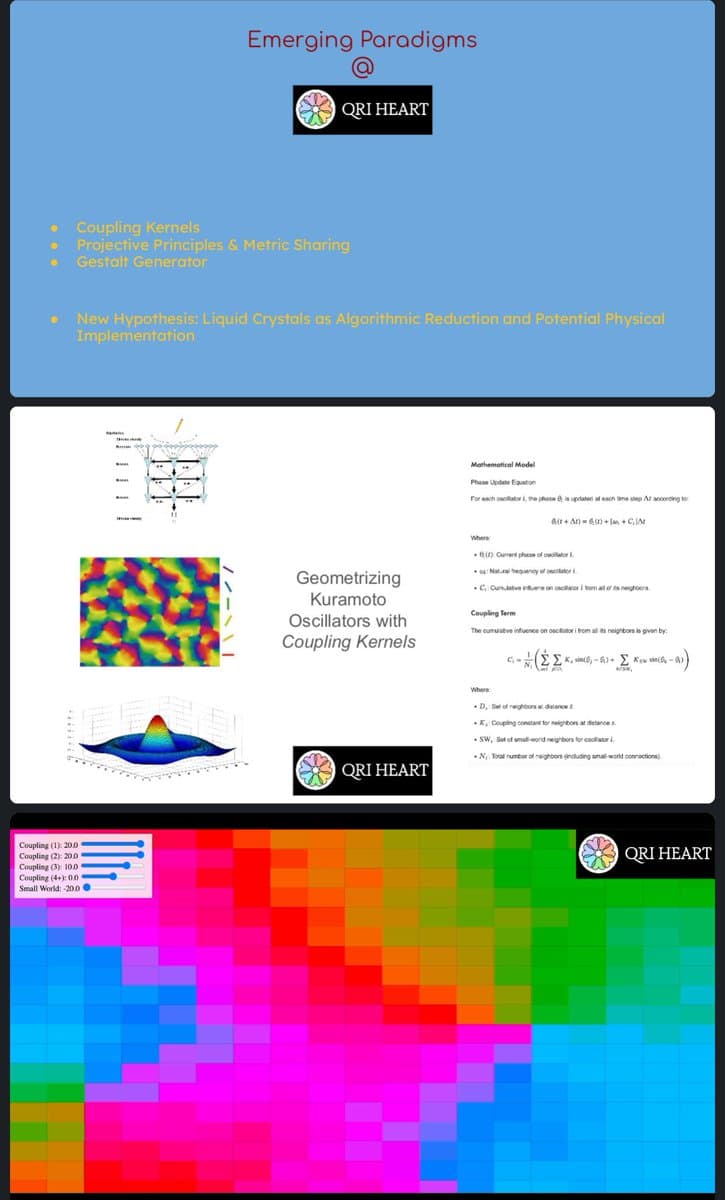

Please enjoy reading our output (so far) here: https://t.co/5SDchLZjyc 🙏🙏🙏🙏🙏 (This feels like a huge step and I can't believe this is actually finally happening 😭😍🎉🙏)